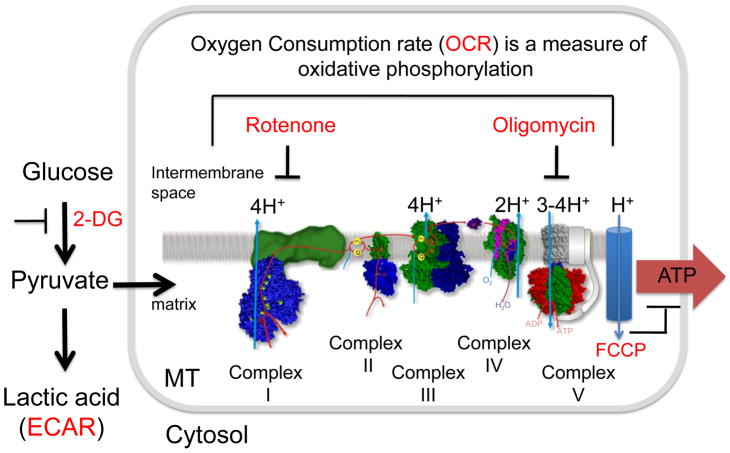Figure 2. Simplified diagram of glycolysis and oxidative phosphorylation with corresponding pathway inhibitors.
Glycolysis converts glucose to cytosolic pyruvate, which is either converted to lactic acid, measured as the extracellular acidification rate (ECAR, red), or enters the mitochondrial matrix as a substrate for oxidative phosphorylation, measured as oxygen consumption rate (OCR, red). If glycolysis is inhibited by a glucose analog, 2-deoxy-glucose (2-DG), ECAR decreases. Energy production through oxidative phosphorylation is blocked by inhibiting electron transport at any of the Complexes I, II, III, IV, and V (ATP synthase). Rotenone is an inhibitor of mitochondrial NADH dehydrogenase (complex I). Oligomycin is an inhibitor of ATP synthase (complex V). Blocking oxidative phosphorylation increases conversion of pyruvate to lactic acid, i.e., ECAR increases and OCR decreases. Electron transport generates a proton gradient (H+) in the mitochondrial intermembrane space. These protons re-enter the matrix when ATP synthase converts ADP to ATP. FCCP is an ionophore, which allows premature reentry of the protons into the mitochondrial matrix (blue cylinder) and dissipates the proton gradient. FCCP does not inhibit electron transport, but the increase in OCR is uncoupled from ATP synthesis.

